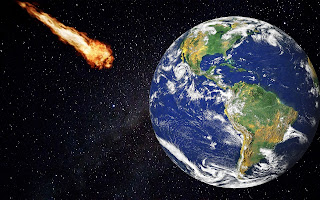If Pierre Poilievre was just some random dude with a Twitter account and an uninformed opinion, we could just leave him to it and shrug off his ridiculous view that providing safe consumption sites and non-poisoned drugs for people "will only lead to their ultimate deaths."
Alas, he's not some random dude, he's a man who could actually end up being Canada's prime minister someday.
So even when he tweets something stupid and wrong, the media pick it up and send it across the country. And the fact of that pickup gives his foolish musings weight among those who already hate any sensible conversation around drugs.
That particular group of people have controlled the illicit drug conversation for almost 70 years, if we want to start the clock at BC's landmark 1956 study of heroin use that largely concluded that harm reduction made a lot more sense than criminalizing users. At what point do the rest of us get to say hey, shuddup already?
BC's poisoned drug supply has killed 10,000 people in the last seven years. That's almost three times the number of deaths from motor vehicle accidents, homicides, suicides and fatal prescription drug overdoses combined.
Meanwhile, years of careful record-keeping at Canada's safer-consumption sites give us all the proof needed to conclude that such sites save lives and connect people to services. Between 2017-20, some 2.2 million people used the sites and nobody died.
As for whether a safer drug supply would save lives, of course it would. People are not dying by the thousands because they use drugs, they're dying because the drugs they use are poisoned.
So why should Poilievre get even a millisecond of media attention for his completely ludicrous assertion that safer-consumption sites and a safer drug supply lead only to people's "ultimate deaths"? Why do the media allow him to "reignite the debate around safe supply," as the Global TV story puts it, by giving his tweet public profile as if he was actually saying something of substance?
Granted, the media did find people to refute Poilievre as they covered the "story" of his disparaging tweet. But the damage is done when you give the guy the top third of a story to spout his harmful nonsense.
Once upon a time, I would have imagined that right-minded people would see through Poilievre's tweet in an instant and that it would have as much impact as the guy sounding off behind me in the grocery store lineup about how COVID-19 is a government conspiracy.
But in this post-Trump era, I know otherwise. Today's idiot statement can easily end up tomorrow's political policy, because now we are "populist" and prone to taking a shine to people who are as ill-prepared as any of us when it comes to effectively running a city, province or country. We like The Everyman, even when he's a dangerous liar from the privileged class playing the long con.
I relish some day in the distant future when Poilievre's words are seen as the hate speech that they really are, and when media reporting in garden-variety fashion on such blatant untruths is viewed as complicit in the spreading of that hate.
Many more people will die because the tweet of a man given status as a future political leader will dampen political and public enthusiasm even more for taking action on what is surely one of the most outrageous, preventable tragedies of our times. It doesn't get more hateful than that.














